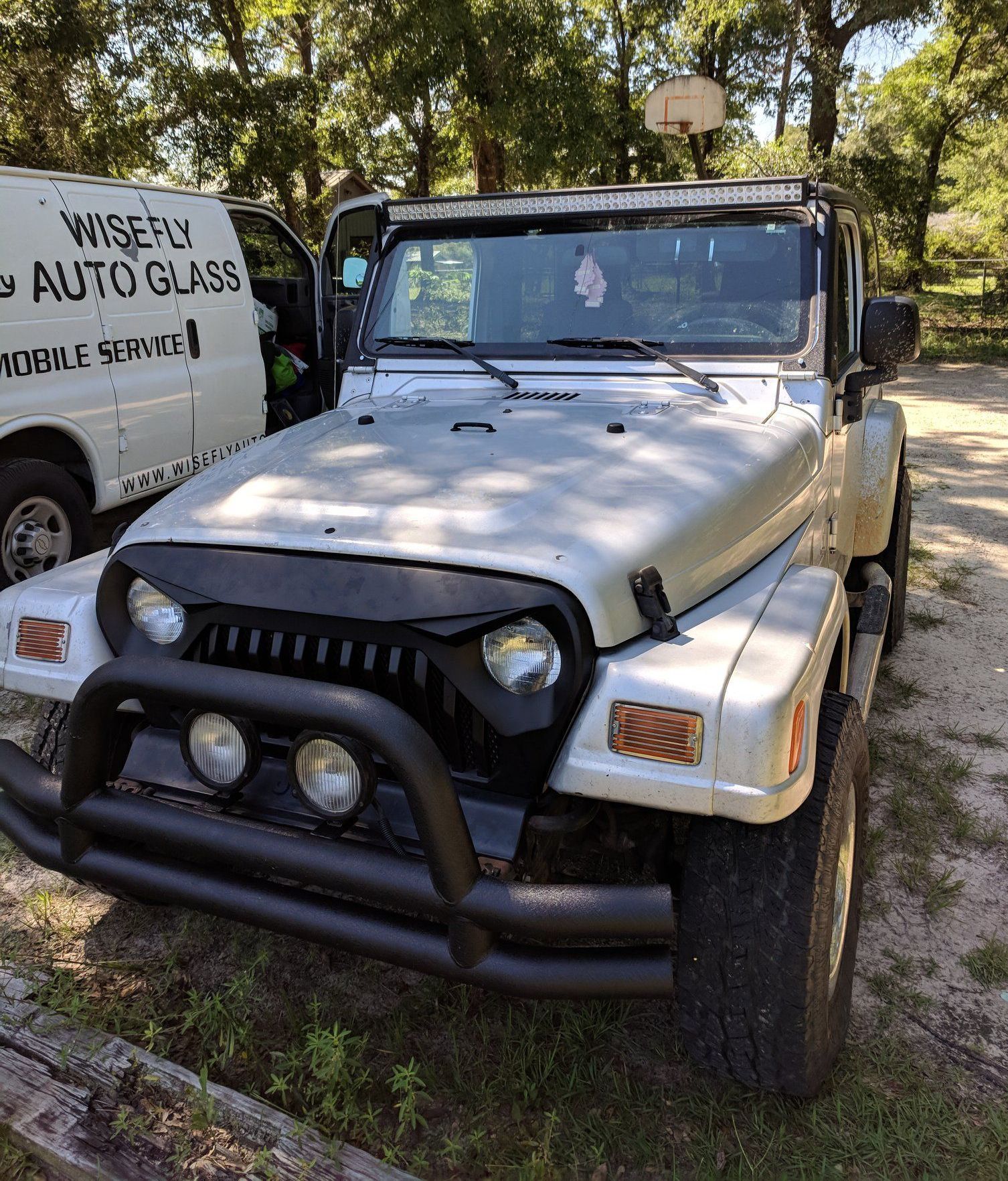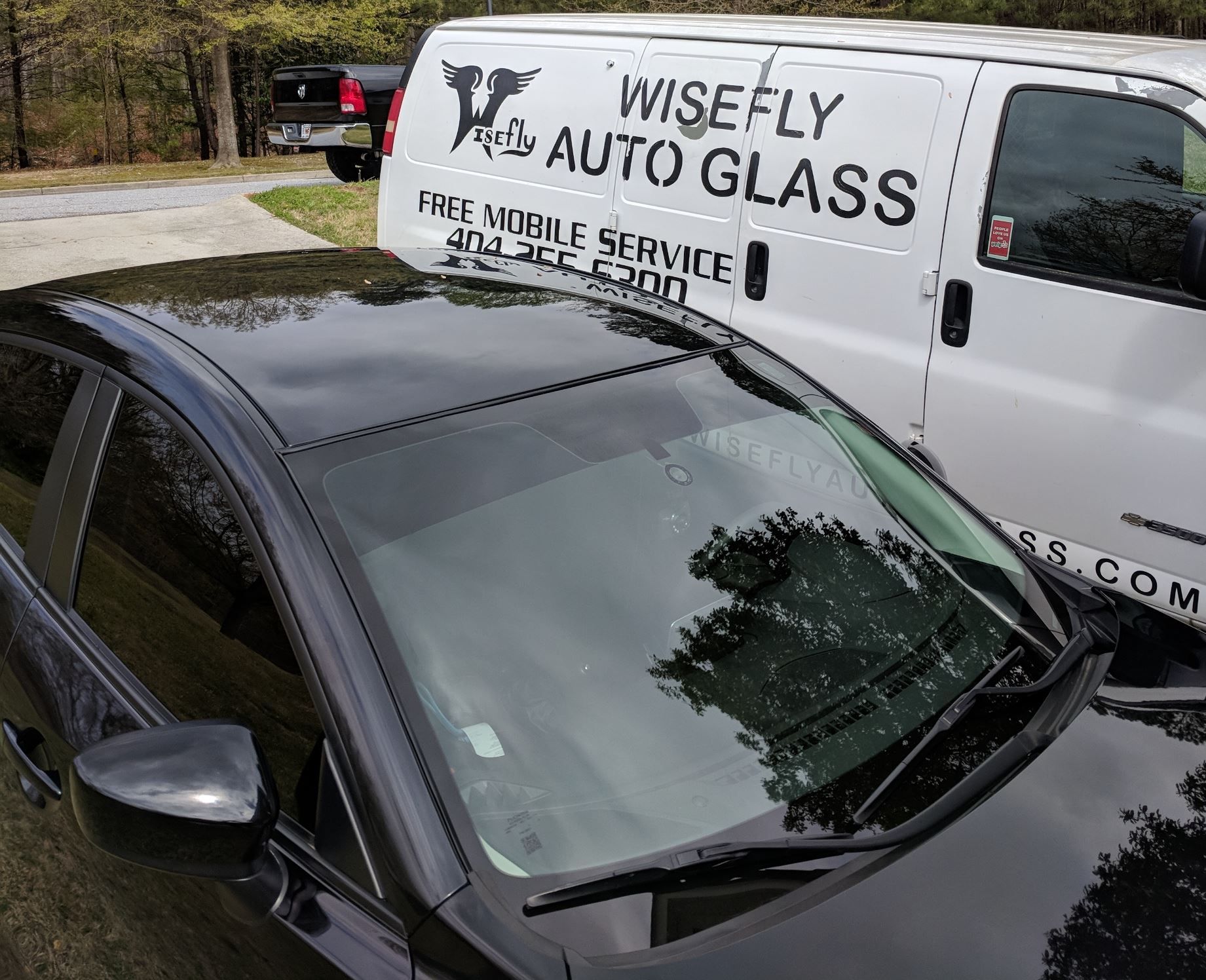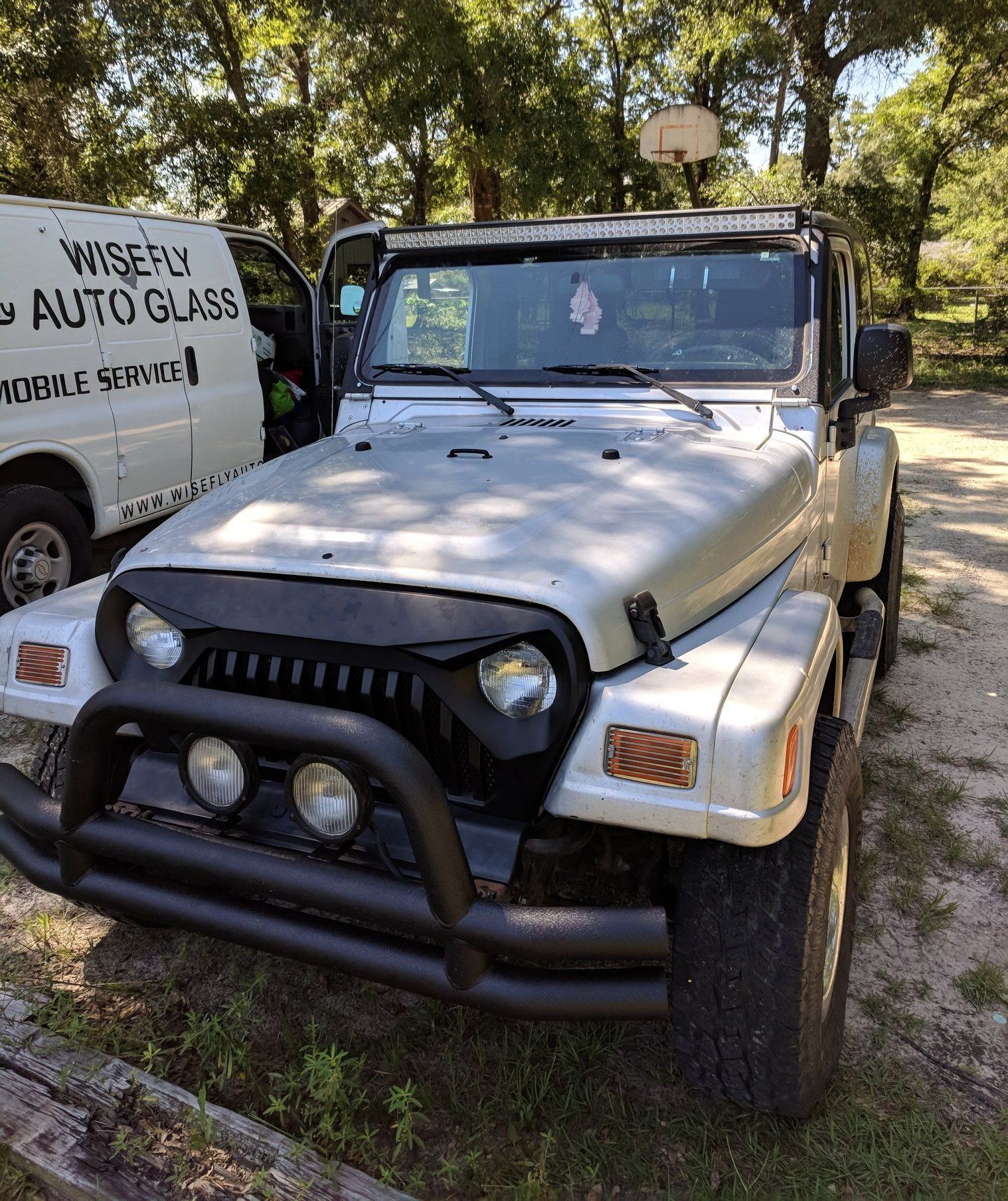ADAS - 16 ADAS Features That Keep You Safe
16 Safety Features of ADAS (Advanced Driver Assistance Systems)
What is ADAS? ADAS stands for Advanced Driver Assistance Systems, and it’s a general term used to describe the safety features in modern vehicles. In today’s blog, we’re going to explain ADAS to you and then go over fourteen ADAS features that keep you safe in your vehicle.
What Is ADAS?
ADAS technology was invented to keep drivers, passengers, and folks out on the road safe. Nearly ninety-four percent of all auto accidents are caused by human error. When you think about that statistic, it’s pretty scary. But humans were made to make mistakes, which is why engineers and scientists created technology to take human error out of the equation.
Here are some ADAS systems you might have in your vehicle.
Passive ADAS Systems
The following systems are called “Passive” systems because they alert the driver to danger but they will not step in and take action. These systems require action from the driver to work.
Anti-Lock Braking Systems (ABS)
ABS stops your car or truck from spinning and skidding when the emergency braking is implemented. The only time a driver would use an emergency brake is when your primary brakes give out on you. Activating the emergency brake will activate the ABS.
Electronic Stability Control (ESC)
ESC alerts the driver to oversteering or understeering which can happen in hazardous weather conditions.
Traction Control System (TCS)
TCS uses ABS and ESC to give the vehicle the right amount of traction when the driver is attempting to navigate turns and curves.
Lane Detection Warning (LDW)
LDW warns the driver when they’re swerving into the other lane. This saves distracted drivers.
Forward Collision Warning (FCW)
FCW warns the driver of a collision, prompting the driver to apply the brakes before hitting something in front of the vehicle.
Back-Up Camera
Back-up cameras give drivers eyes in the back of their heads. Many accidents are caused when someone doesn’t see a car, or worse, a person, behind their vehicle. With cameras, drivers can now see behind their vehicles better than ever.
Blind Spot Detection
Blind Spot Detection alerts the driver to anything that might be in their blind spot. All humans have a blind spot while driving so this is just another set of extra eyes for the driver.
Parking Assistance
Parking can be scary, especially parallel parking. Parking assistance guides the driver so fitting into those challenging spots becomes much easier.
Traffic Signal Recognition
This system recognizes traffic signals and alerts the driver of their status
Active ADAS Systems
The following systems are called “Active” Because the system takes action when the driver can’t, which is wonderful if someone is suffering a medical emergency.
Automatic Emergency Braking
Automatic emergency braking will kick into gear when your vehicle needs to stop but the driver doesn’t take action.
Emergency Steering
Deer, cars, and people sometimes jump right in front of your vehicle. This can come as a surprise and sometimes the driver doesn’t have time to react. This system will steer the vehicle out of the path of an impact.
Lane Keeping Assist and Lane-Centering
Vehicles can swerve out of their lane for many reasons like fatigue or a medical emergency. These systems work together to get the vehicle back into its rightful lane when the driver doesn’t.
Adaptive Cruise Control
Using regular cruise control, this feature will keep your vehicle moving with the flow of traffic by matching the speed of the vehicle in front of it.
Traffic Jam Assist
Traffic jams are annoying. This system works with Lane Keeping Assist and Adaptive Cruise Control to automate your vehicle, which eases your stress when stuck in stop-and-go traffic.
Self Parking
As we said earlier, parallel parking can be a challenge. This system parks your vehicle in all types of spots and takes the pressure off you.
Adaptive Headlights
This system adjusts the headlights based on driving conditions, which is a fantastic help when weather conditions get sketchy.
Do You Need ADAS Calibration in Panama City or Chipley, FL Areas?
If you live in or around
Panama City, Chipley, or
Marianna, Florida,
contact us at Wisefly Auto Glass. Many of the sensors and cameras are embedded in and around your windshield. When you have your windshield repaired or replaced, you need
ADAS calibration so all the safety features you just learned will function properly. We have a wealth of experience with ADAS technology in windshields so contact us today for a free quote.


OUR SERVICES
SKIP THE AGENCY!
We handle your entire insurance claim!
Business Hours
- Mon - Fri
- -
- Sat - Sun
- Closed
Business Hours
- Mon - Fri
- -
- Sat - Sun
- Closed



